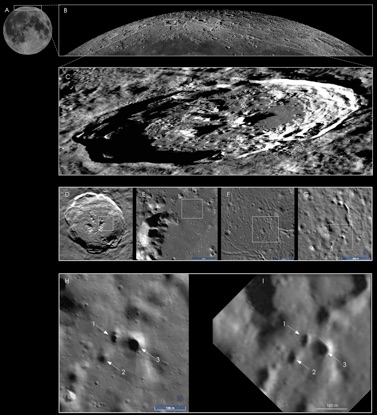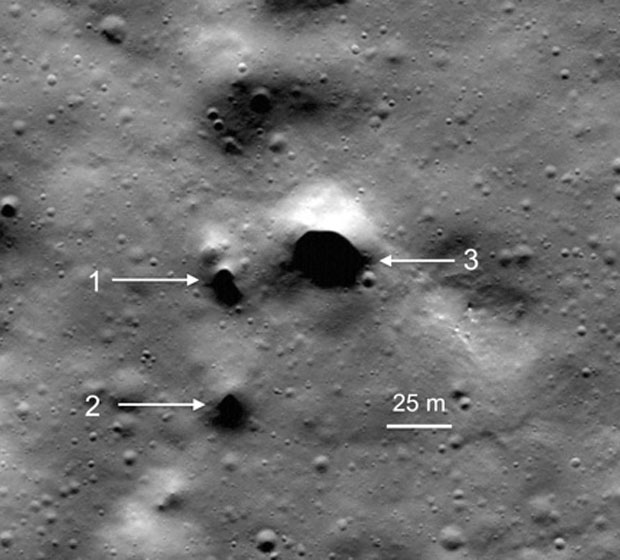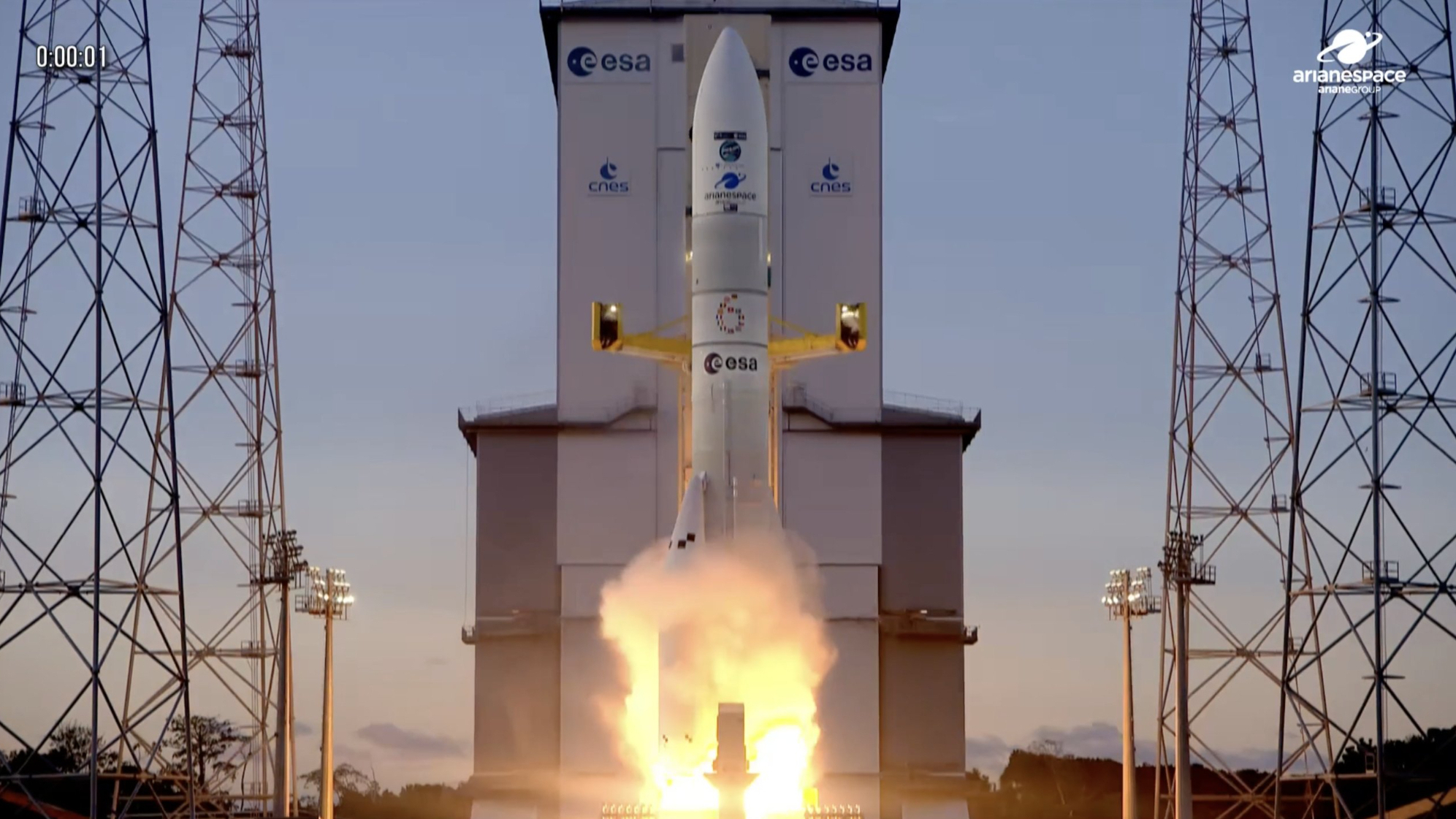Lunar Fountain? Accessible Ice Could Lurk in Moon's Lava Tubes
New images from NASA's Lunar Reconnaissance Orbiter (LRO) suggest there is an underground network of lava tubes beneath the lunar surface that could offer astronauts easy access to water.
The stunning new photos show multiple small pits in a large impact crater known as the Philolaus Crater, which is located near the north pole of the moon. Researchers said these pits are likely lava tube "skylights" — entrances to underground tunnels that were once filled with lava.
The underground tunnels could also provide access to subsurface ice, and in turn, water. Astronauts would therefore be able to use this water resource during future missions to the moon, said a new study from the SETI (Search for Extraterrestrial Intelligence) Institute and the Mars Institute. [Photos: The Search for Water on the Moon]
"The highest-resolution images available for Philolaus Crater do not allow the pits to be identified as lava tube skylights with 100 percent certainty, but we are looking at good candidates considering simultaneously their size, shape, lighting conditions and geologic setting," Pascal Lee, planetary scientist at the SETI Institute and the Mars Institute, said in a statement.
The Philolaus Crater is approximately 43 miles (70 kilometers) wide and located about 340 miles (550 km) from the moon's north pole. The pits appear to be small, rimless depressions, measuring between 50 and 100 feet across (15 to 30 meters), with completely shadowed interiors, according to the statement.
The pits identified on the floor of the Philolaus Crater are located along sections of winding channels thought to be collapsed lava tubes, also known as sinuous rilles.
Earlier research identified over 200 pits across the moon's surface, but the new images are the first to identify possible skylights located in the moon's polar region, where water ice accumulates, the study said. Therefore, the newfound skylights would offer easier access to subsurface ice, alleviating the need to excavate the lunar surface, the researchers said.
Breaking space news, the latest updates on rocket launches, skywatching events and more!
"This discovery is exciting and timely as we prepare to return to the moon with humans," Bill Diamond, president and CEO of the SETI Institute, said in the statement. "It also reminds us that our exploration of planetary worlds is not limited to their surface and must extend into their mysterious interiors."
Formed about 1.1 billion years ago, Philolaus Crater is relatively young, which makes it a great target for studying the moon's recent evolution, the researchers said in the statement.
Also, the crater is located on the nearside of the moon, which means that it would offer future lunar missions the benefit of direct communications with Earth, according to the statement.
Going forward, the researchers plan to further investigate Philolaus Crater to confirm whether or not the pits are lava tube skylights, and if the underground network of tubes actually contains water ice.
"This is an exciting possibility that a new generation of caving astronauts or robotic spelunkers could help address," Lee said. "Exploring lava tubes on the moon will also prepare us for the exploration of lava tubes on Mars. There, we will face the prospect of expanding our search for life into the deeper underground of Mars where we might find environments that are warmer, wetter and more sheltered than at the surface."
Their findings were presented Jan. 11 at NASA's Lunar Science for Landed Missions Workshop, which is held at the Ames Research Center.
Editor's Note: This article was corrected to note that the potential lava tubes were sighted by the Lunar Reconnaissance Orbiter (LRO), not Mars Reconnaissance Orbiter (MRO).
Follow Samantha Mathewson @Sam_Ashley13. Follow us @Spacedotcom, Facebook and Google+. Original article on Space.com.

Samantha Mathewson joined Space.com as an intern in the summer of 2016. She received a B.A. in Journalism and Environmental Science at the University of New Haven, in Connecticut. Previously, her work has been published in Nature World News. When not writing or reading about science, Samantha enjoys traveling to new places and taking photos! You can follow her on Twitter @Sam_Ashley13.


